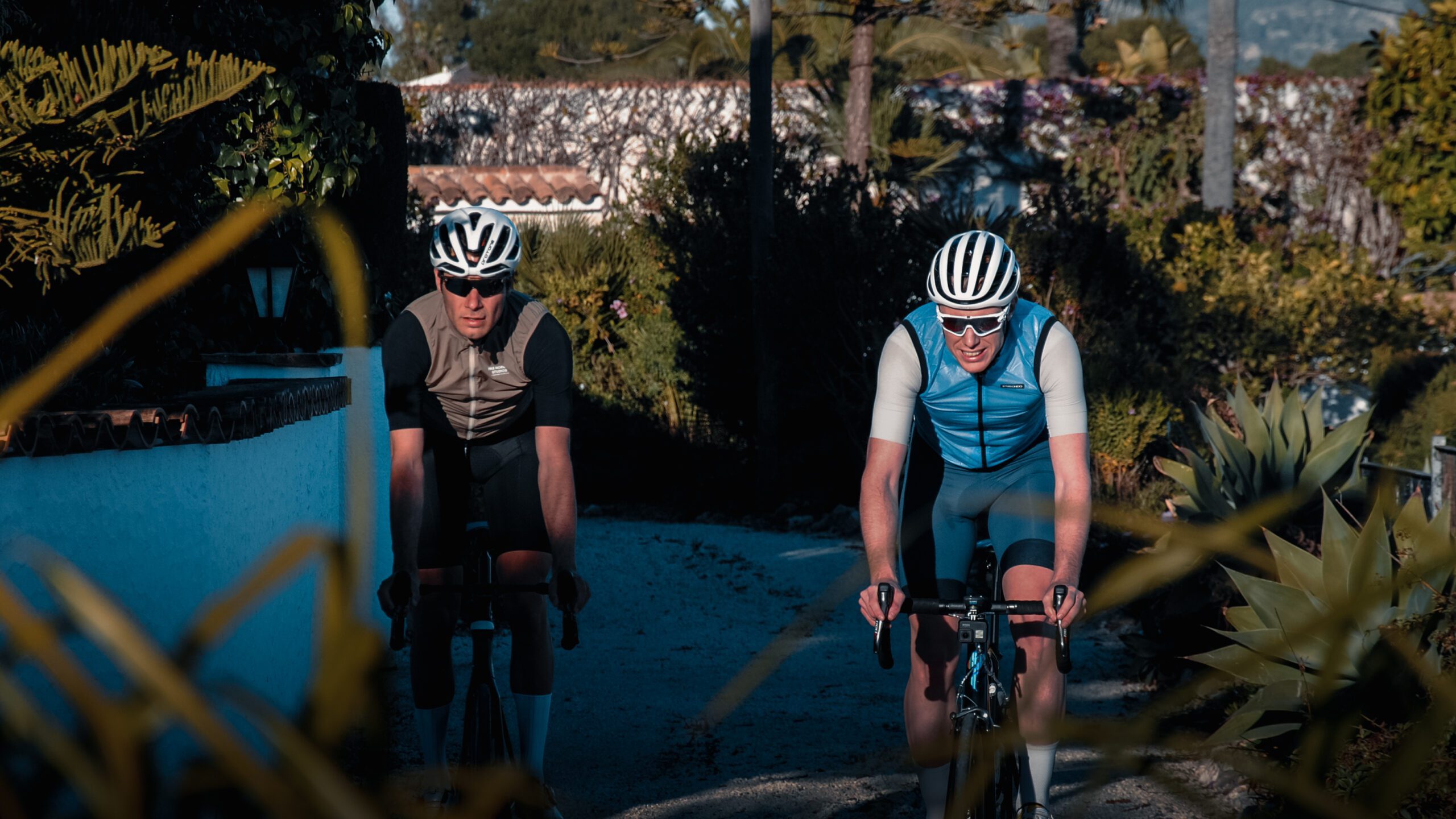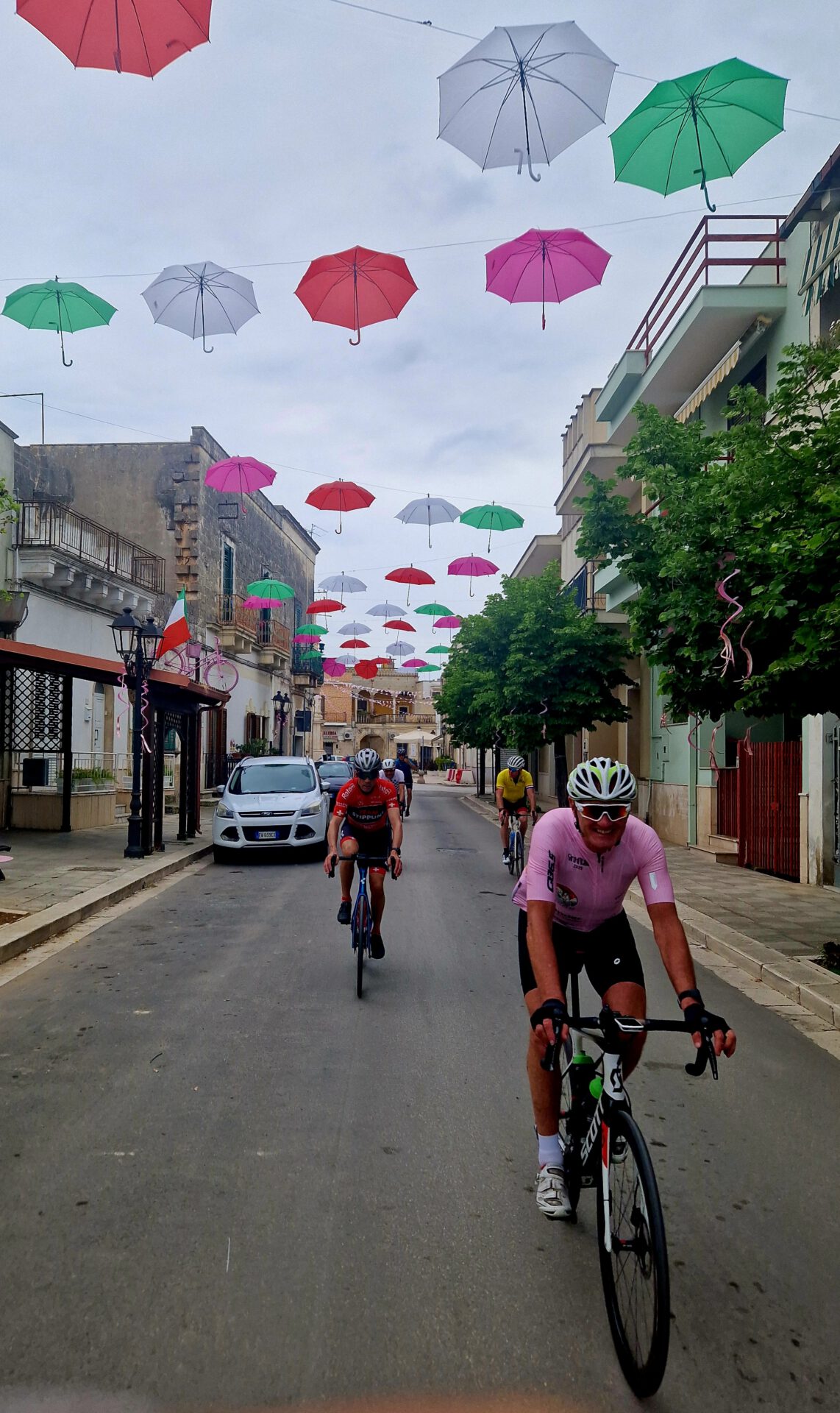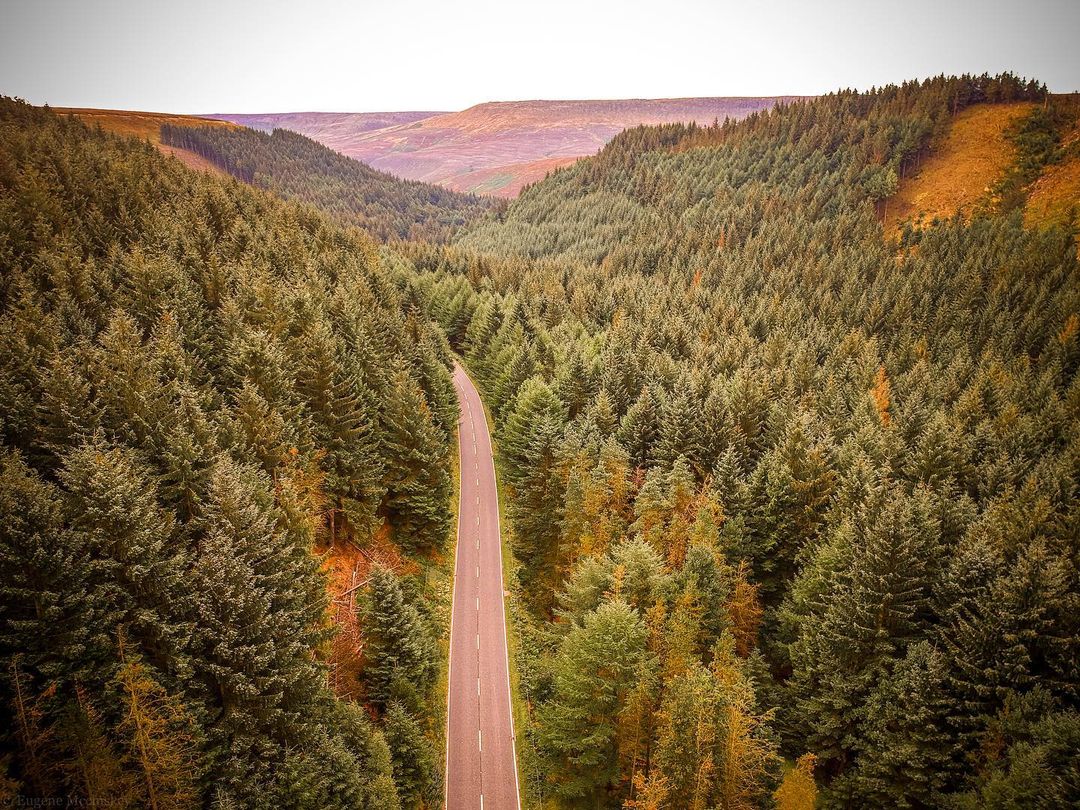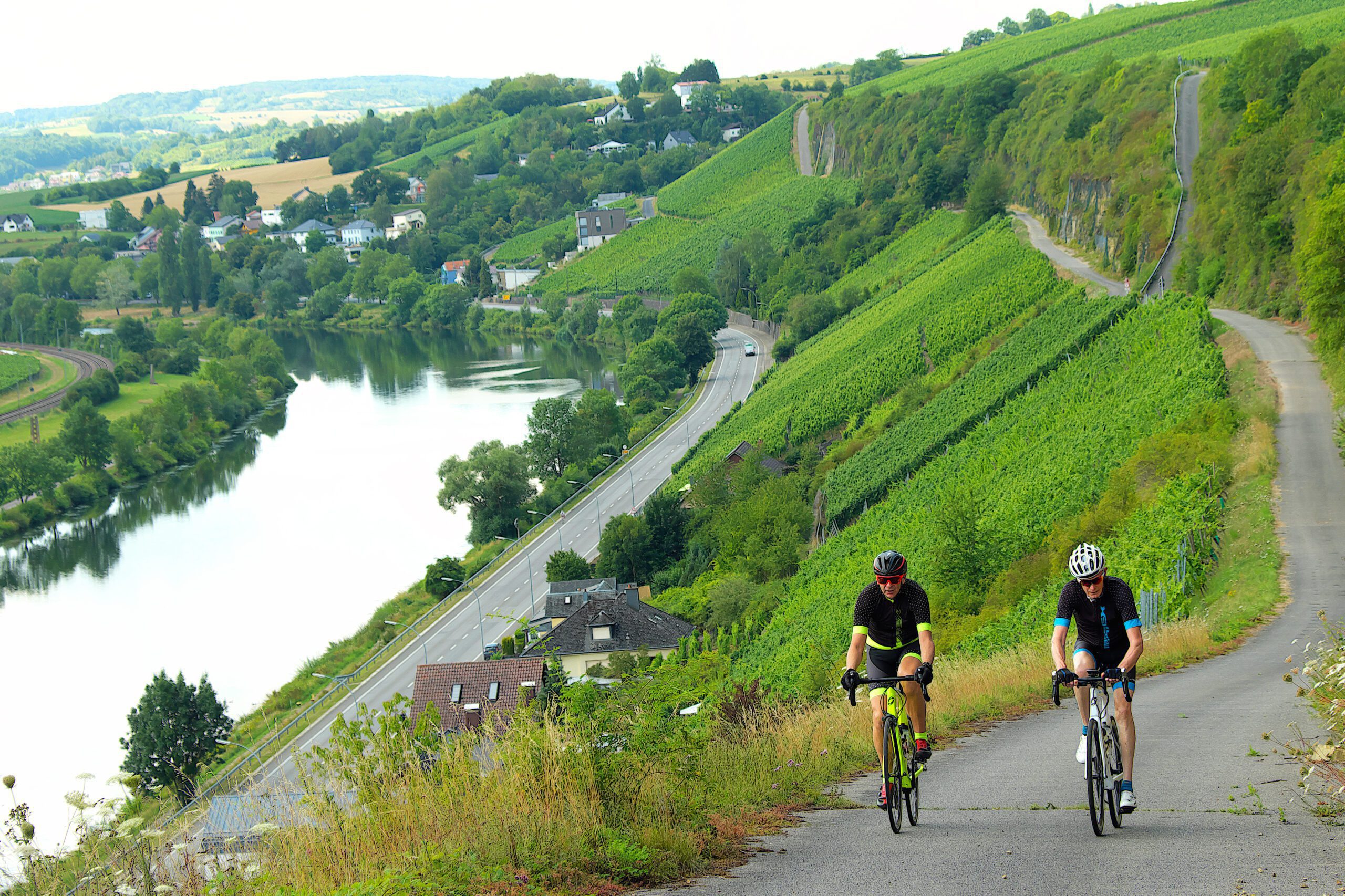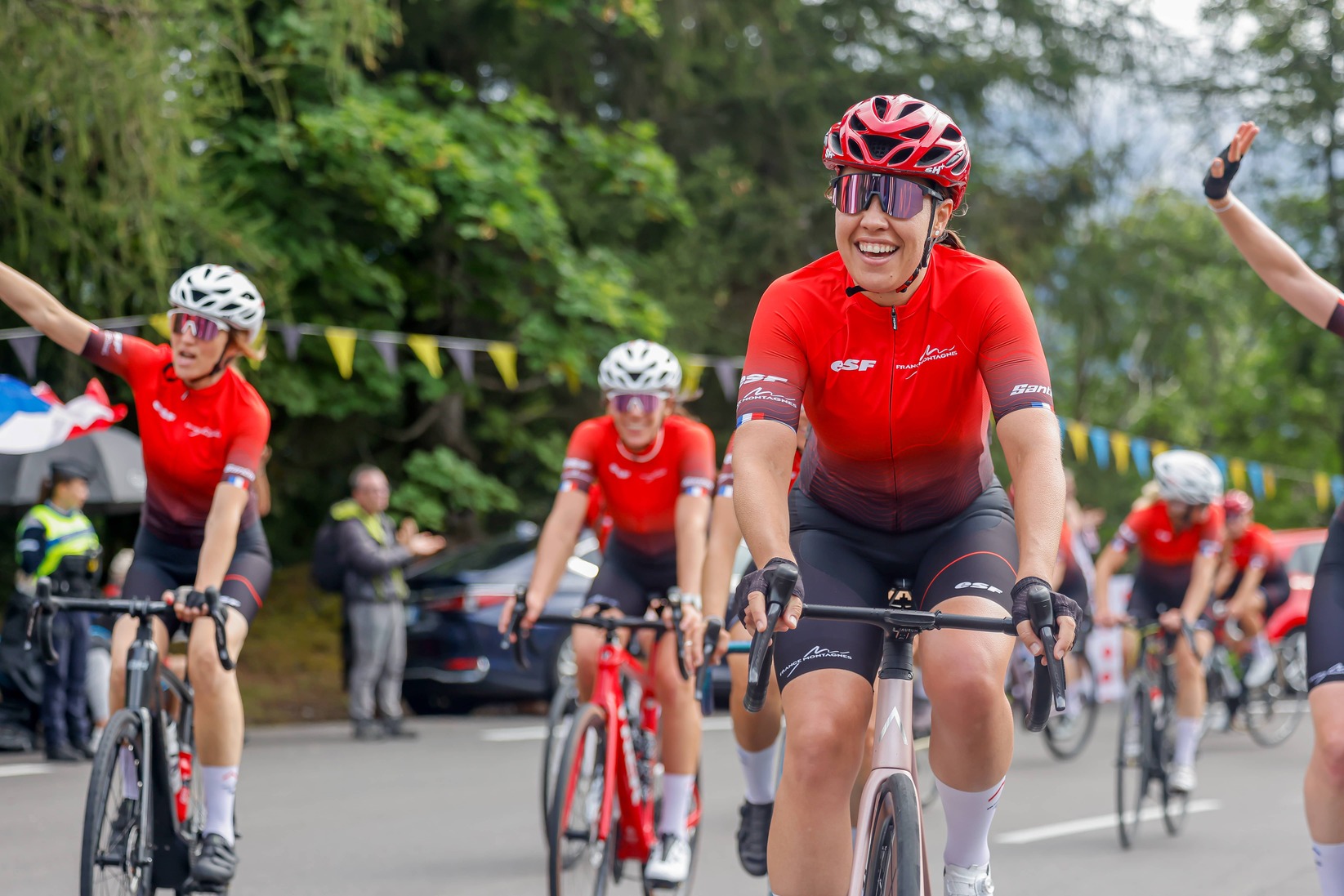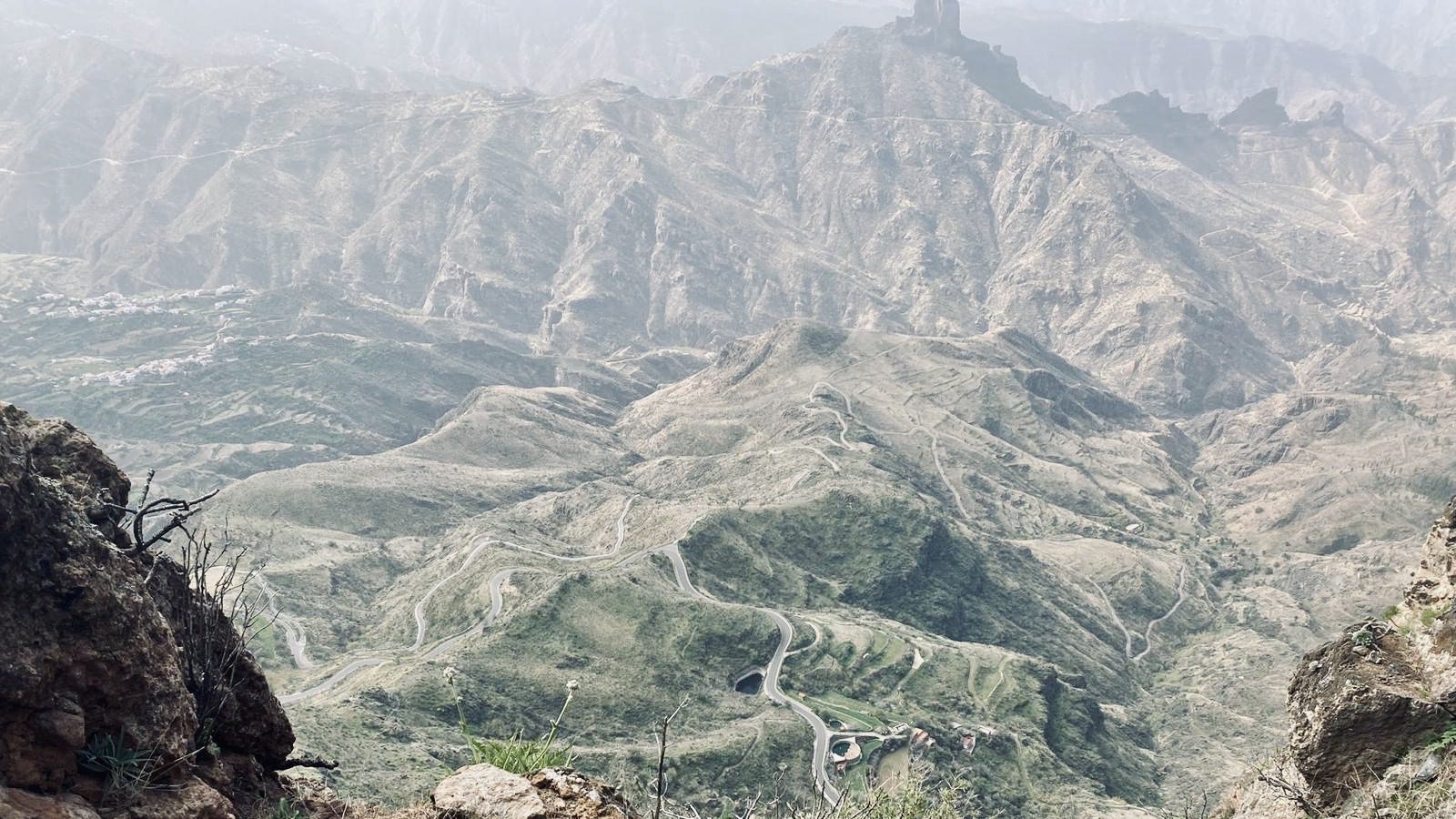Whether you dream of cycling to Santiago de Compostela or think of spending a week following the Rhine towards Switzerland, or a week of cycling in the mountains: All cycling holidays start with a beautiful dream. However, don't leave it at an idea, but work towards that moment when you get on your bike packed and ready for the first time. When you go on a cycling holiday, it's a little different from going on a weekend bike ride in the Ardennes. A cycling holiday is freedom, but also adaptation and coping. If life deals you lemons, you just make lemonade. These tips are
1. Clothing
Rain gear and layers is the code to crack. Especially in the high mountains, above 2000 metres, you have to bear in mind that it is a lot cooler at the top than in the valley. In addition, the weather in the mountains is unpredictable, so while it looks like you will get a scorching burn, behind the next ridge there could be a thunderstorm or sometimes even snow! And that's really no mean feat. So when packing, think about the following items:
- Sleeve and leg pieces. These are easy to put on and take off you can also easily tuck them under your shirt.
- Rain jacket or vest. Not only against the rain, but also on the descent of a high climb, for example, a jacket is nice. You can also choose to take a wind- and waterproof vest. It breathes a little better and allows you to release heat more easily.
- Thermal shirts in long and short. Need we say more?
- Optional: overshoes. If it's raining cats and dogs, no overshoe will really keep you dry, but for everything in between, overshoes can come in handy.
Our basic packing list will at least help you on your way
READ ALSO: Our clothing tips for winter
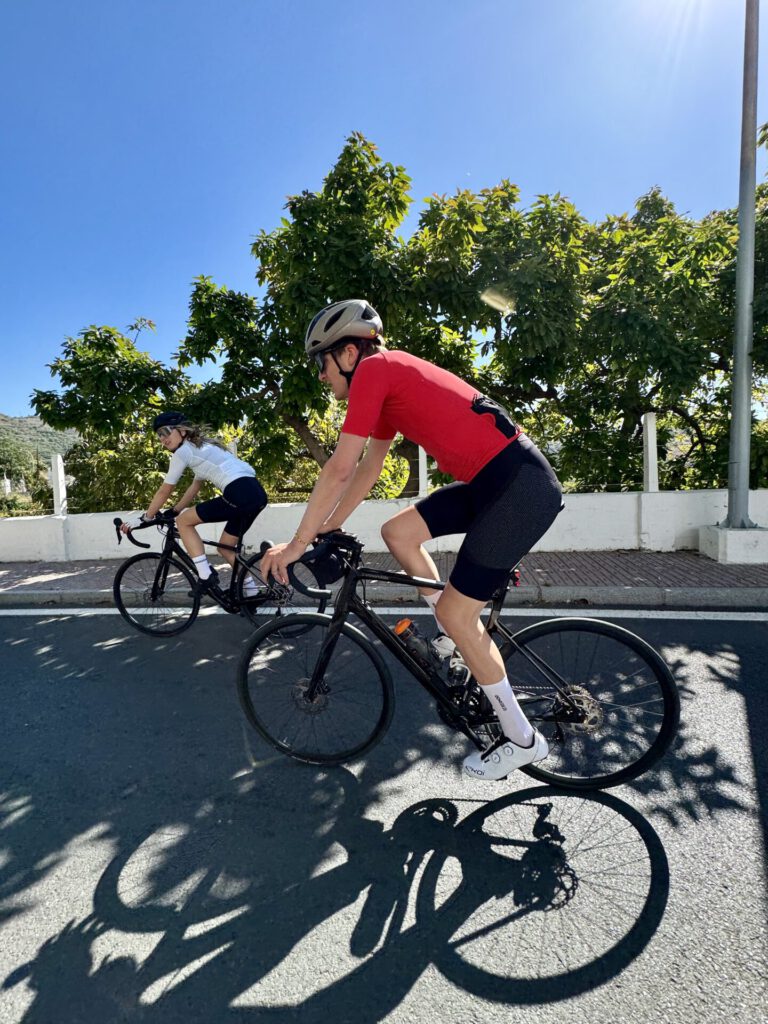
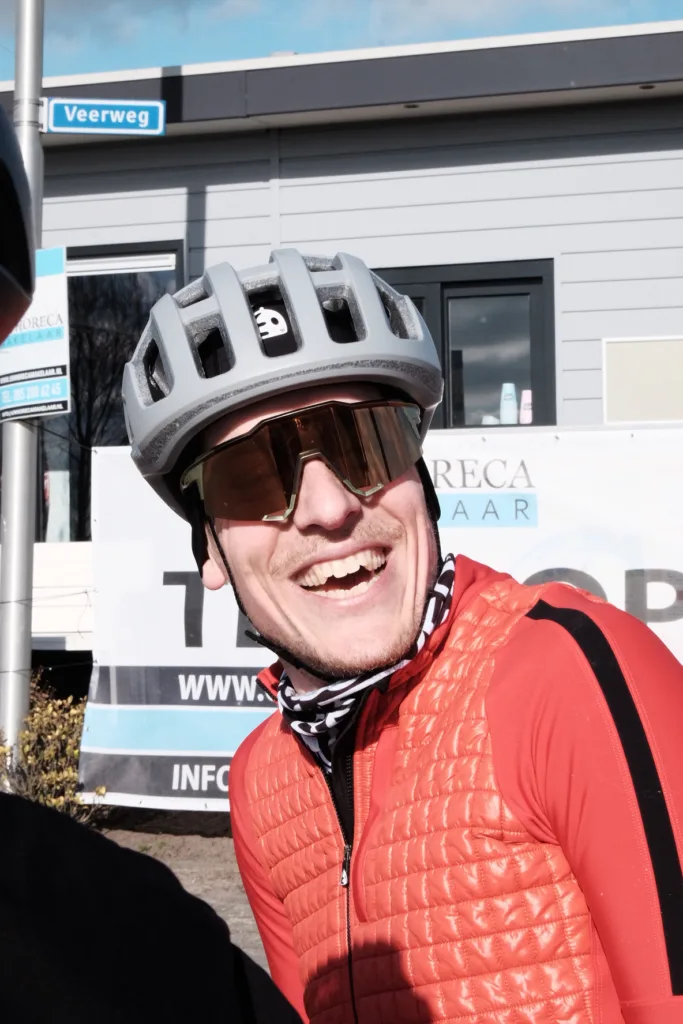
2. Material
First of all, it is important to check your bike thoroughly beforehand. Of course, this can be done at your bike shop (make an appointment in time, read: two weeks in advance), but you can also do some checks yourself.
- Chain. Nothing is more annoying than cycling with a worn-out chain. You can pedal on and it just doesn't ride well. With a simple chain checker you will know whether your chain needs replacing. Big tip: usually your cassette is also quite worn out. Check that too, because otherwise you will pedal on.
- Mountain gear. We went wrong several times ourselves and arrived in the Dolomites. If the road gets above 10%, then you are really not happy. Then it's a long agony and your dreamed trip goes up in smoke.
- Make sure you have enough inner and also outer tyres. Chances of running into a bike shop with stock on a Sunday in the mountains are always a challenge. Also, always bring enough CO2 cartridges and a pump.
- Make sure your handlebar tape and steering caps are in place and also check that your steering head is not loose. Checking your brake pads and discs is also a must. Especially with rim brakes, take an extra set of pads with you. You never know how hard you will suddenly hit the brakes when the road is continuously 10% downhill.
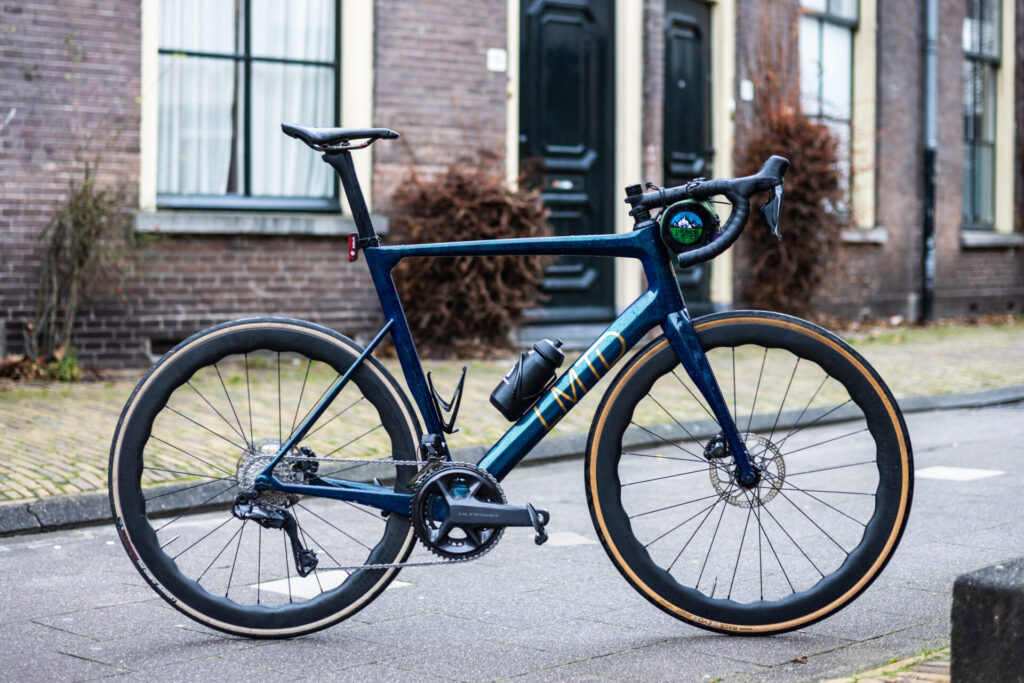
READ MORE: Gear up? An explanation of gear shifting and gear groups
3. Climbing and descending technique
Have you always only cycled up-and-down in the Netherlands? Then it certainly can't hurt to take a climbing clinic and a cornering/downhill clinic once. Why? The mountains are really different cake. You have to take into account that climbing uphill can easily take more than an hour. Especially with the climbs of the various Alpine giants and Pyreneescols, it's just 1.5 to 2 hours of climbing for the average amateur. You ride uphill a lot slower and the biggest cols are up to 30 or 40 kilometres long. Climbing is an art in itself. When do you switch on/off, do you turn on the coffee grinder or are you more of a stoemper. You don't learn that on the Amerongse Berg, for that you have to go into the middle and high mountains.
Safe descent
Also when descending. If you can drive fast through a bend, good for you. But if you arrive at a hairpin bend at 80 kilometres, that's a different story. You have traffic, you have a precipice, fatigue plays a role. A good cornering technique comes in handy then. Of course it is also a matter of courage, but technique is just as important.
Tip 1 from us: brake before the corner, with both brakes. Braking in the corner is guaranteed to launch yourself. Your front brake is the most powerful downhill. To brake well, you can also brake in doses.
TIP 2: book a descent clinic with one of the better-known parties, such as, for example Amateurcyclist.co.uk
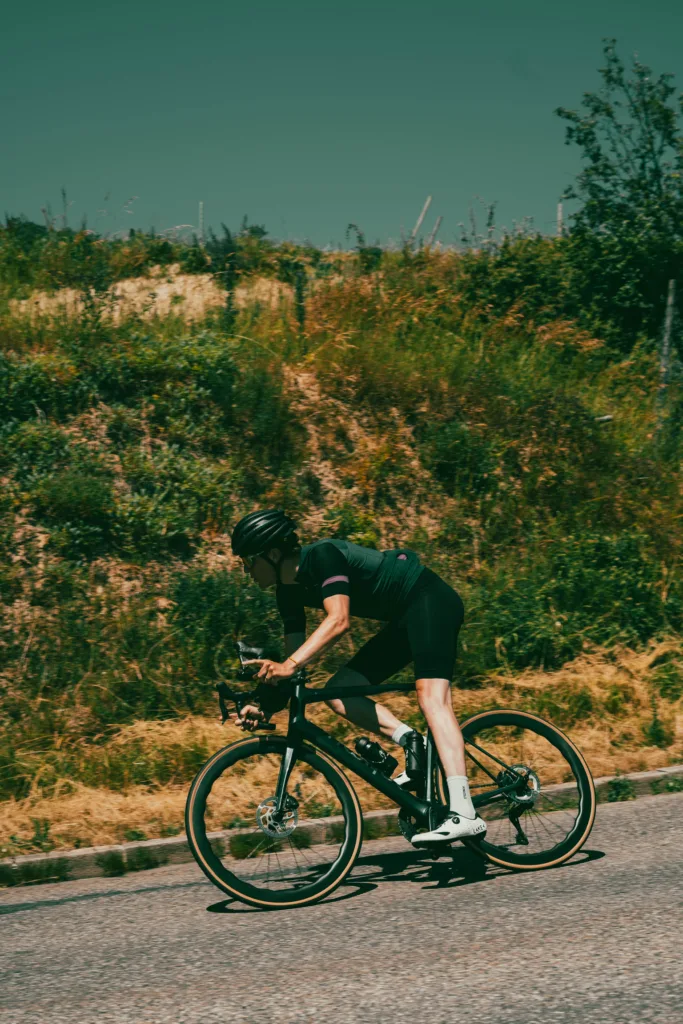
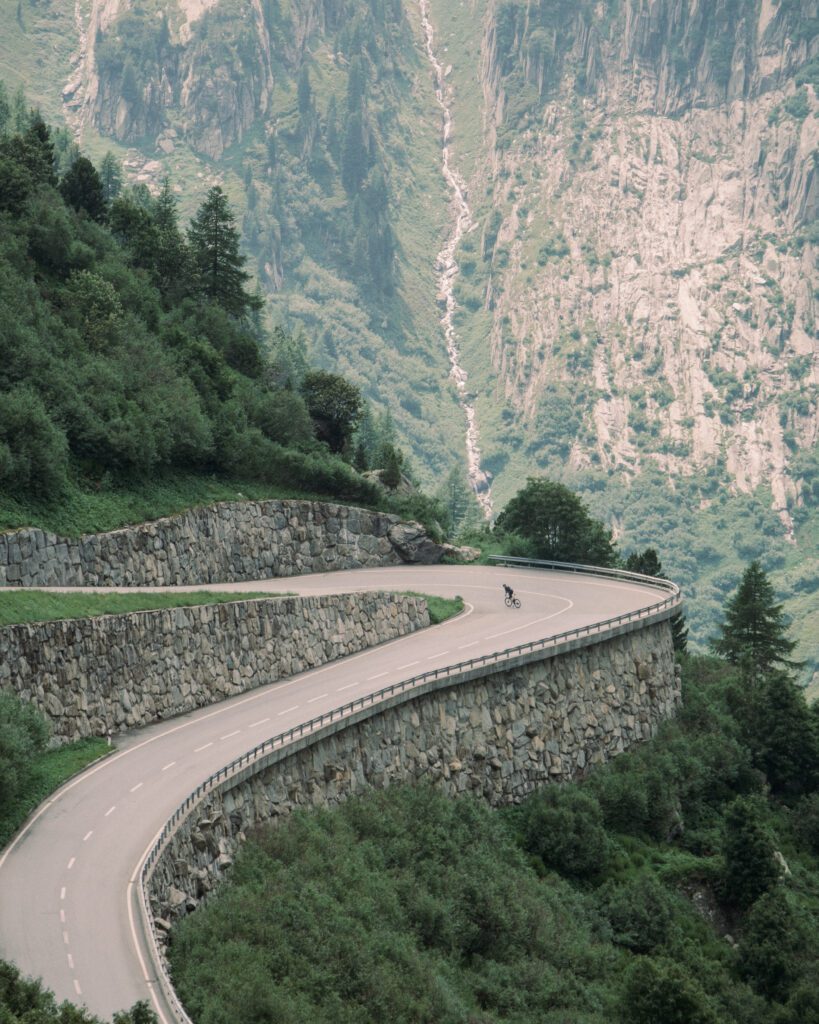
4. Choose your own pace
On TV, it looks so easy, when the professionals pop up a mountain. The big difference with you, the enthusiastic amateur, is training and habituation. Pros cycle every day, all year round. Of course, they also have adaptation problems, but generally they can go right, without much reserve. So this is not true for you, as an enthusiast. It is better to get used to the environment on the first day of your cycling holiday. If you bring your own bike, put it together and ride a one-hour lap. Especially if you are above 1,500 metres altitude, then you will really have to get used to the thinner air. But even if you're at sea level like in Mallorca, a round of 'breaking in' is no luxury.
Longer away?
Are you going on a week-long training camp but normally cycle about 2 or 3 times a week? Get a balance and plan a rest day in that week of cycling holiday too. Also, stages of 5-6 hours in a day, all days long, you're going to endure a bit less finely. That seems nice on paper, but in practice you'll do more damage than good.
The same goes for the effort you put in. If you are going to ride several climbs, don't go straight into the red on the first climb. That will otherwise break you down later.
5. Nutrition
Food, food and more food. Nothing is more important when cycling. Keep in mind to keep putting enough fuel in the tank, especially uphill. As touched on earlier: you may be riding uphill for more than an hour. If you don't keep eating then, you're going to regret it. Climbing is almost automatically at a higher heart rate than riding on the flat. The man with the hammer, the well-known phenomenon of being completely drained, is lurking and if you don't eat enough, you could run into it even on the descent. Therefore: keep taking in enough carbohydrates. Early in the day, make sure you eat mostly solid food. The gels, if you are of those, you really need to save until the end.
Also make sure you don't suddenly start eating really weird things on holiday that you don't otherwise eat. Before you know it, your stomach will go haywire and you'll be closer to the pot than the top. Just a tip.
Bonus tip: ENJOY
As long as you are not paid for it, fun is the most important thing on your holiday. Fun can of course come from achieving a KOM or by beating your travelling companion(s) in the uphill sprint. But above all, make sure you have fun. And above all: stay safe. On the descent, there is plenty of traffic that can get in your way and the steering skills of yourself and other road users can also lead to problems.
